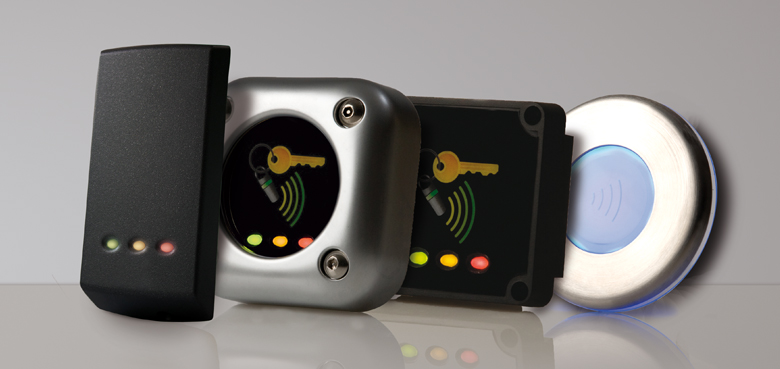Eliminating Employee Alarm Codes Through Alarm System And Electronic Access Control

Managing alarm system codes for groups of employees can be a daunting task. With each new dismissal and hire, you must remove the previous employee from the alarm system user list and add the new hire. Often this process involves software or tools that were designed in the 1990’s and are not user-friendly, sometimes even requiring an older PC be kept around just to accomplish the task (raise your hand if you have a Windows 98 computer running somewhere in your building just to keep an old system online).
Few alarm systems offer ease of use as a web-based access control system offers. Such systems, like those from manufacturer S2 (www.s2sys.com), can relieve many of the pains associated with employee administration and security.
Integration of your alarm system and access control systems can substantially eliminate the need for all but one or two key operational personnel to have codes for the alarm system. In many instances, you can completely remove the need for daily opening and closing staff ever to touch or see the alarm keypad. The system greatly simplifies the management of the physical security of the building and improves the employees experience interacting with the building security systems and procedures.
A Single Point of Management
Your electronic access control system contains employee information and is already a point from which you grant and revoke access to different areas of your facility or facilities. Granting and revoking, arming and disarming privileges of the local alarm system can be just as easy as adding or removing a user from an access group or level. Many high-end access control systems offer simple to use end user management features that rival the capabilities of a stand-alone alarm. Features such as time specification (a window of time where access can be granted or denied) and credential activation and expiration dates are not something usually available through alarm management software.
A New Interface
Modern readers such as those from HID allow for enhanced user interfacing and information at each door. These readers provide a multicolor LED lamp allowing for simple color-based security intelligence right where employees are coming from and going. An employee can look at the reader, see if its light is red, and instantly know the building’s alarm system is armed.
In a typical integrated solution, using this reader, how to disarm an integrated alarm system is as follows:
- LED red – Alarm System is ARMED and area is locked
- User presents credential to reader, which is either validated or denied
- Validated credentials result in LED turning blue; signifying alarm has disarmed
- The user presents credential again to gain entry, LED turns green signifying access granted, and the door is unlocked. Once an entry has been completed the LED turns to blue again.
Arming an integrated alarm system involves invoking a procedure known as “double-present.” It is where the user presents the credential to the reader, removes it from the reader and presents it again within 5 seconds. Validated users doing this will result in the LED turning red, signifying the alarm has been armed. Alternatively, a specialized reader may be installed which is only used to arm the alarm system.
Risk of Lost Credential
There is a valid security concern that can be attributed to the integration of an electronic access control and burglar alarm system which uses physical card or key fob type credentials only. This threat can be mitigated by implementing certain HR practices, using specialized hardware, or by combining both. HID Prox cards or HID I-Class type tokens or key fobs can be stolen and then used to gain entry to a building before the user has notified HR. Policies should be put in place that instructs employees not to have anything that identifies the company or building address on the keyring or stored with the card credential.
If the idea of a lost key fob or badge concerns you, enhanced security can be achieved by requiring a PIN code along with a credential presentation to disarm the alarm system. This PIN is still managed in the access control software. Therefore, the benefit of a single point of management for building security is still realized. The PIN will only need to be entered when the system is armed so it will not affect normal access to the door once the system has been disarmed.
Additionally, automatically generated reports may be scheduled to show you arming and disarming activity in the system meaning you no longer need to rely on your central station to provide these to you.
Digital Provisions specializes in upgrading legacy Electronic Access Control systems to the latest state of the art IP based systems, all with little or no disruption to your business. Contact us for further information, or if you have a Windows 98 machine begging to be put to rest.
